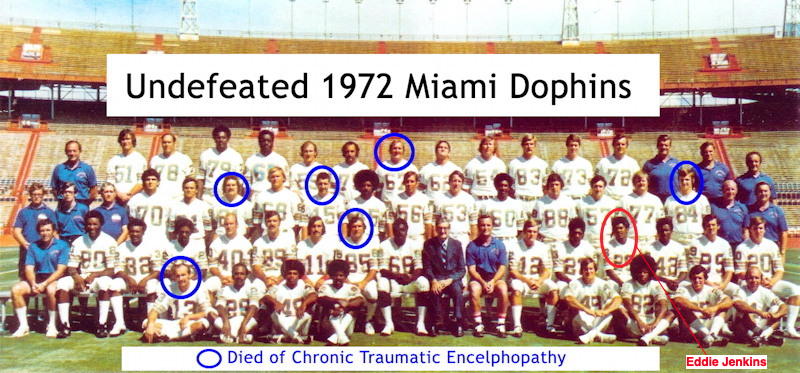![[Brain Image]](../graphics/head_space.gif)
PSY/BSC 340 Brain and Behavior
Class 17: Plasticity after Brain Damage [OUTLINE]
|
|
PSY/BSC 340 Brain and Behavior Class 17: Plasticity after Brain Damage [OUTLINE] |
|
Plasticity After Brain Damage: How does the brain get damaged and long-term outcomes
Plastic => Latin, plasticus = "of molding" from Greek plastikos, from plassein = "to mold, form"How much can the brain be molded or formed (or changed or adapt) after it has been damage?
I. Brain Damage and Short-term Recovery
A. How is the brain damaged?
- Illness
- Vascular Disorders: Stroke
- Tumors
- Infection
- Bacterial, e.g., bacterial meningitis: very serious threat for college students
- Viral, e.g., viral meningitis (not as dangerous)
- Injury
- Traumatic Head Injury
- Open Head Injury, e.g., bullet wound
- Closed Head Injury, e.g., car or bicycle accident, blow to head (see below0
- Epilepsy
- Drugs-Alcohol-Chemical Toxicity
- Genetics & Inherited Degenerative Diseases
- Parkinson's Disease
- Huntington's Chorea
- Unknown origin: Alzheimer's Disease & other dementing illnesses (e.g, frontotemporal deterioration [FTD])
B. Specific Types of Damage
1. Closed Head Injury = sharp blow to the head which does not puncture the brain
- Rotational forces
- Coup-contrecoup
Most frequent type of injury in younger people
Chronic Traumatic Encephalopathy (CTE) among contract sports players
Six members of the undefeated 1972 Miami Dolphins have died of CTE by January, 2022

2. Stroke (cerebrovascular accident [CVA]) = temporary or permanent loss of blood flow to a brain area.
A. Two Types of Strokes
- Ischemic
- Hemorrhagic
- Damage from edema (= swelling of brain tissue) & excess of sodium (NA+) & other ions leads to neuron death
B. Reducing Harm from a Stroke
- Thrombolytic Therapy using issue Plasminogen Activator (tPA) for ischemic strokes only (within 4.5 hours)
- Mechanical Thrombectomy for ischemic strokes (within 6-24 hours). Catheter in blood vessel removes clot
==> Unfortunately these two approaches above are helpful in only a small percentage of ischemic stroke.
- Therapeutic Hypothermia = Cooling brain (e.g., from 98.6 degrees to 91-96 degrees F)
- Experimental work on glutamate receptor blockers
- Experimental work with cannabinoids with animals
II. Later Mechanisms of Recovery
A. Increased Brain Stimulation
Diaschisis (Greek, = "shocked throughout")
decreased activity of surviving neurons throughout the brain after damage to other neurons.
B. Regrowth of Axons
- Crushed or damaged axons in the PNS grow back at a rate of 1 mm per day
- Damaged axons in the CNS only grow about 1 mm at most
- In spinal cord, damage creates scar tissue & synthesizes a chemical that stops axon growth
C. Axon Sprouting
- collateral sprouts
D. Denervation Supersensitivity
E. Reorganized Sensory Representations and the Phantom Limb
Phantom Limb phenomenon
- Vilayanur Ramachandran, MD, Ph.D., (UC San Diego; homepage)
F. Learned Adjustments in Behavior
- Deafferented limbs
- Rehabilitation by physical and occupational therapists often puts person in restrained mode to force the use of neglected limbs/muscles.
Neuropsychology If you find the material for this class particularly interesting, you should know that some of it comes from a field called "clinical neuropsychology" -- the study of the behavior of brains that are damaged.
I will teach my PSY 448 course on this topic in Fall, 2025 semester
Students who might want to study clinical neuropsychology as graduate students can check out the webpages of the American Psychological Association's Division 40 Clinical Neuropsychology for information on graduate programs, etc.
Similarly, you might look over the student materials at the American Academy of Clinical Neuropsychology (whose President, Dr. Dominic Carone, is a Le Moyne College graduate and a former student of mine!)
The first version of this page was posted on February 18, 2005.